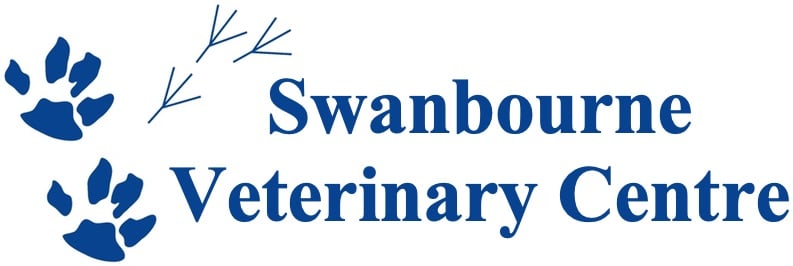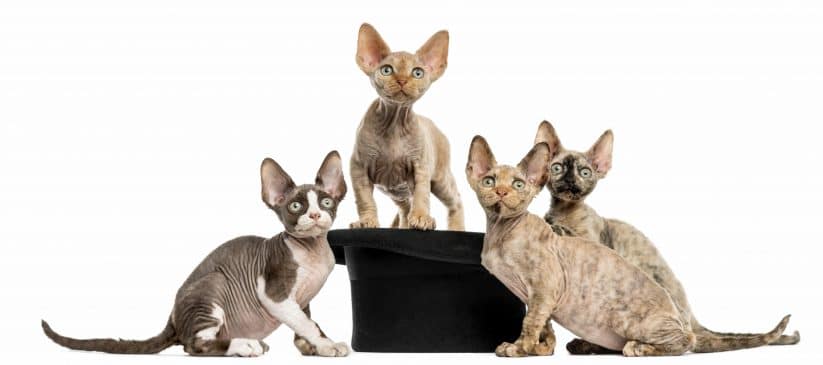Road Test: The Devon Rex
The Devon Rex has been aptly described as a cross between a cat, a monkey and “Dennis the Menace”. A quite unique looking cat, with features not dissimilar to the movie star ET, this is a recent arrival on the feline scene with a pixie like face and an impish, inquisitive nature to match.
A real in-your-face cat, these characters are into everything and whilst totally loveable, can also be utterly exasperating.
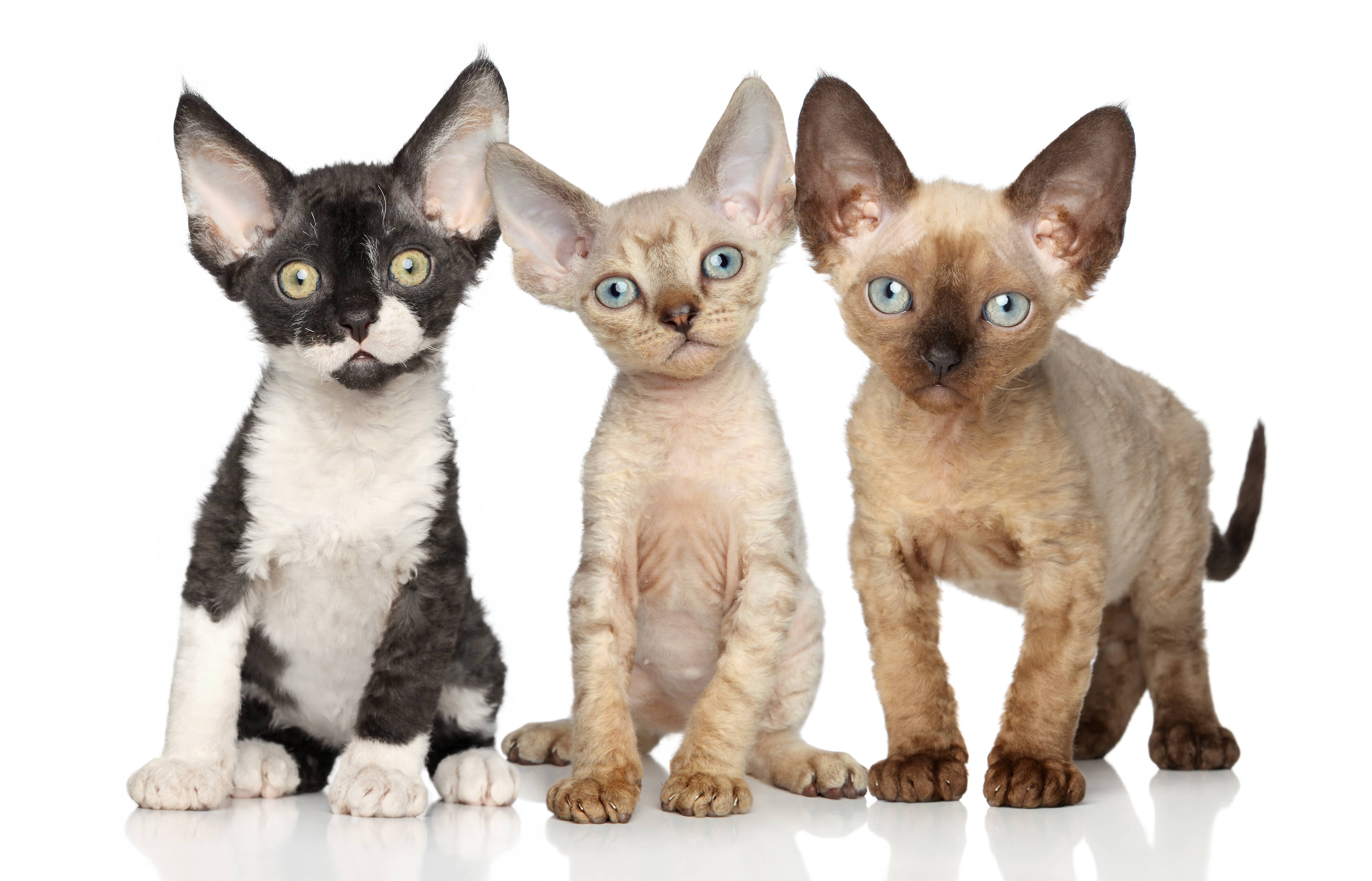
HISTORY:
Sometime in the late 1950’s a curly coated tom cat that frequented a disused tin mine in Devon, sired a litter to a feral cat in the care of a Miss Cox. One of the kittens in the litter had a curly coat, elfin features and captivated his carer who named him Kirlee. From this one kitten developed the unique and wonderful breed of cats known today as the Devon Rex.
Considerable outcrossing was required to develop a breed from one kitten and this goes on today, generally with American and British Shorthairs in order to enlarge and strengthen the gene pool.
A Devon Rex mated to a shorthair produces what is known as Devon Rex variants which have normal straight coats but carry the recessive rex gene.
These are then mated back to a Devon Rex and approximately half will exhibit the characteristic curly or wavy coat.
APPEARANCE:
These are a slender, muscular cat of medium size with a short, wedge-shaped head and full cheeks.
The ears are large, low set and wide apart giving the cat the typical pixie face akin to the movie star ET.
The coat is short and soft, wavy or curly and can be quite dense or very sparse.
The whiskers and eyebrows are crinkled and can be missing as they are brittle and can easily break or be chewed off.
They come in almost every colour and pattern imaginable and can be pointed as in the Siamese and Tonkinese breeds.
Coats are very variable and baldness is considered a fault.
Some are complete coated whilst others are barely clad and they can be born with hair which they lose and then gradually regrow it and can stay in this suede phase until maturity. It is never a certainty as to how the coat will turn out but experienced breeders should have a fair idea.
They are medium sized cats with the males slightly larger than the females.
CHARACTERISTICS:
It is said these cats have the cheek of the devil and are considered the imps of the cat world.
Inquisitive and friendly to a fault, they are highly active, great climbers and love to be with their people.
A real in-your-face cat, fun loving and sociable they have their independent moments but are truly at home as close as they can get to you, in your jumper, on your head, anywhere but to be near.
Beware leaving food around as they just love eating and what’s yours is fair game as well!
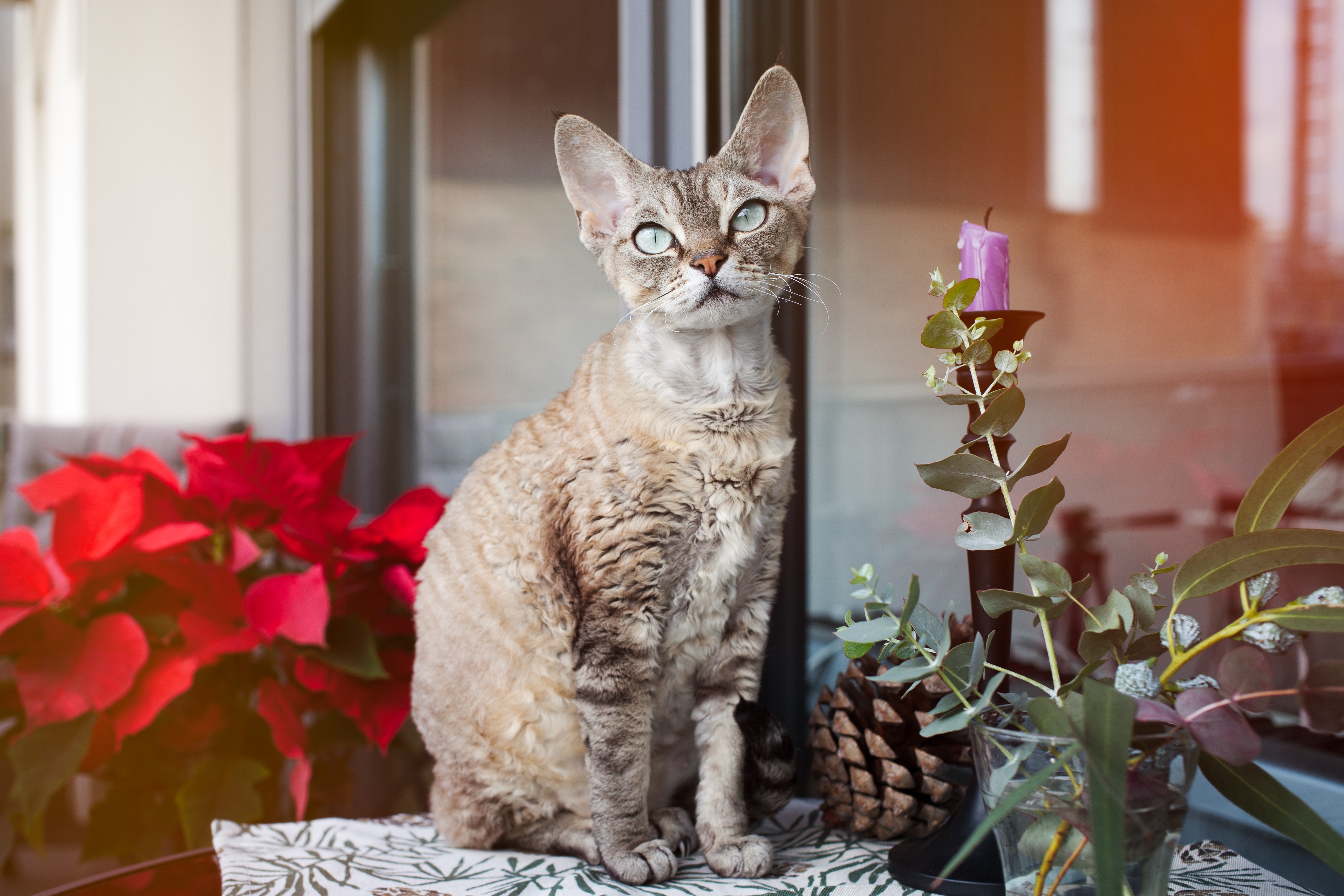
WHO SHOULD HAVE ONE:
They are great with people and families as most of these designer cats tend to be.
Not surprisingly they love warmth and so are great bed warmers.
One commonly held view is that they are ideal for people with allergies who long for a cat and for this reason have been used in schools throughout Australia in the “Cats in schools” programs which were designed to de-vilify cats as animals (due to the flak these remarkable animals often get when they do what comes naturally to the detriment of our native fauna).
This claim is not entirely true as some people are allergic to cat saliva and dander.
Generally they make really good family pets needing very little maintenance or special care.
These cats are quite good with older children but may need to be introduced to toddlers carefully, or as kittens themselves.
VETERINARY PROBLEMS:
Like all specialised breeds from a limited gene pool hereditary defects can occur and so it is worth while talking to breeders and viewing their litters.
They are generally very healthy, hardy cats but can suffer from cardiomyopathy (a heart condition), luxating patellas (slipping kneecaps), hip dysplasia (hip arthritis), hypotrichosis (hereditary baldness), and spasticity.
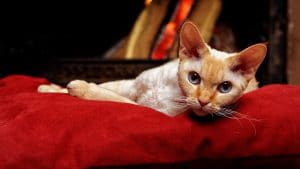
All in all a delightful animal and speaking with owners who generally dote on them, they wouldn’t entertain owning anything else.


